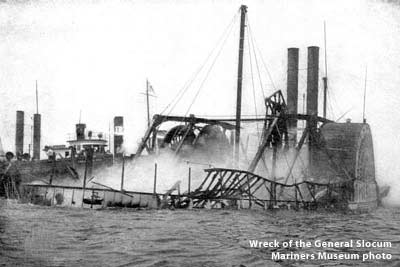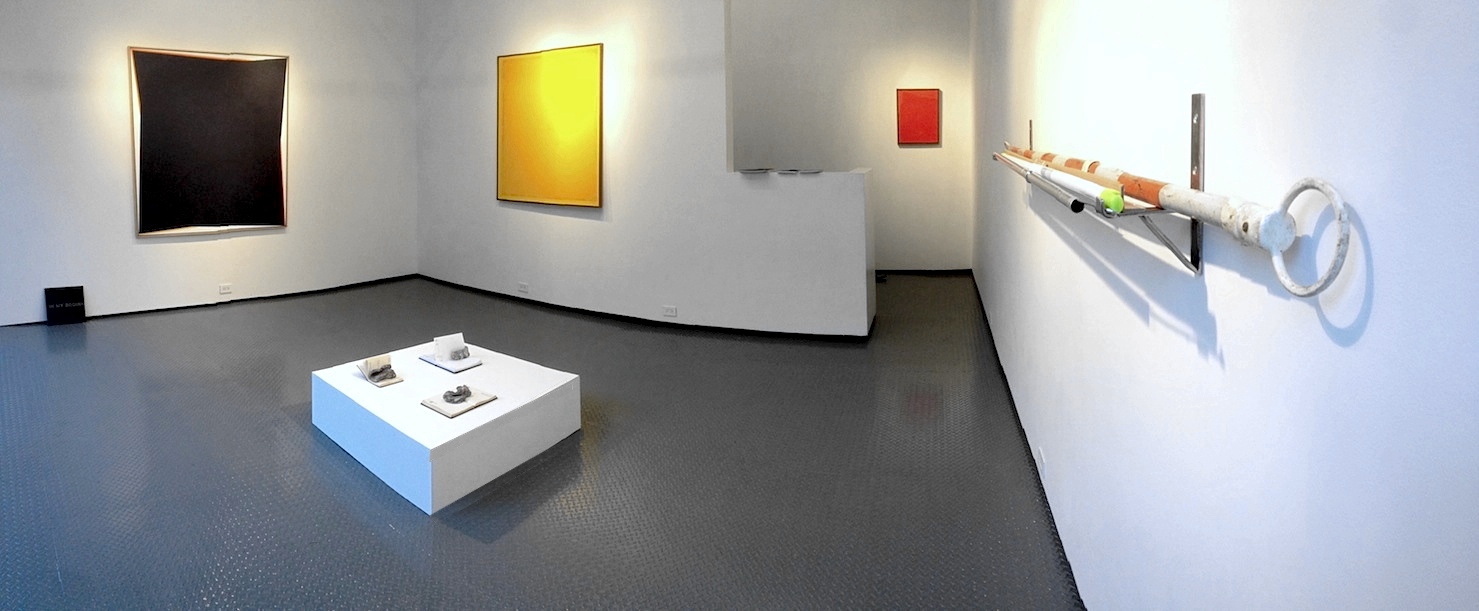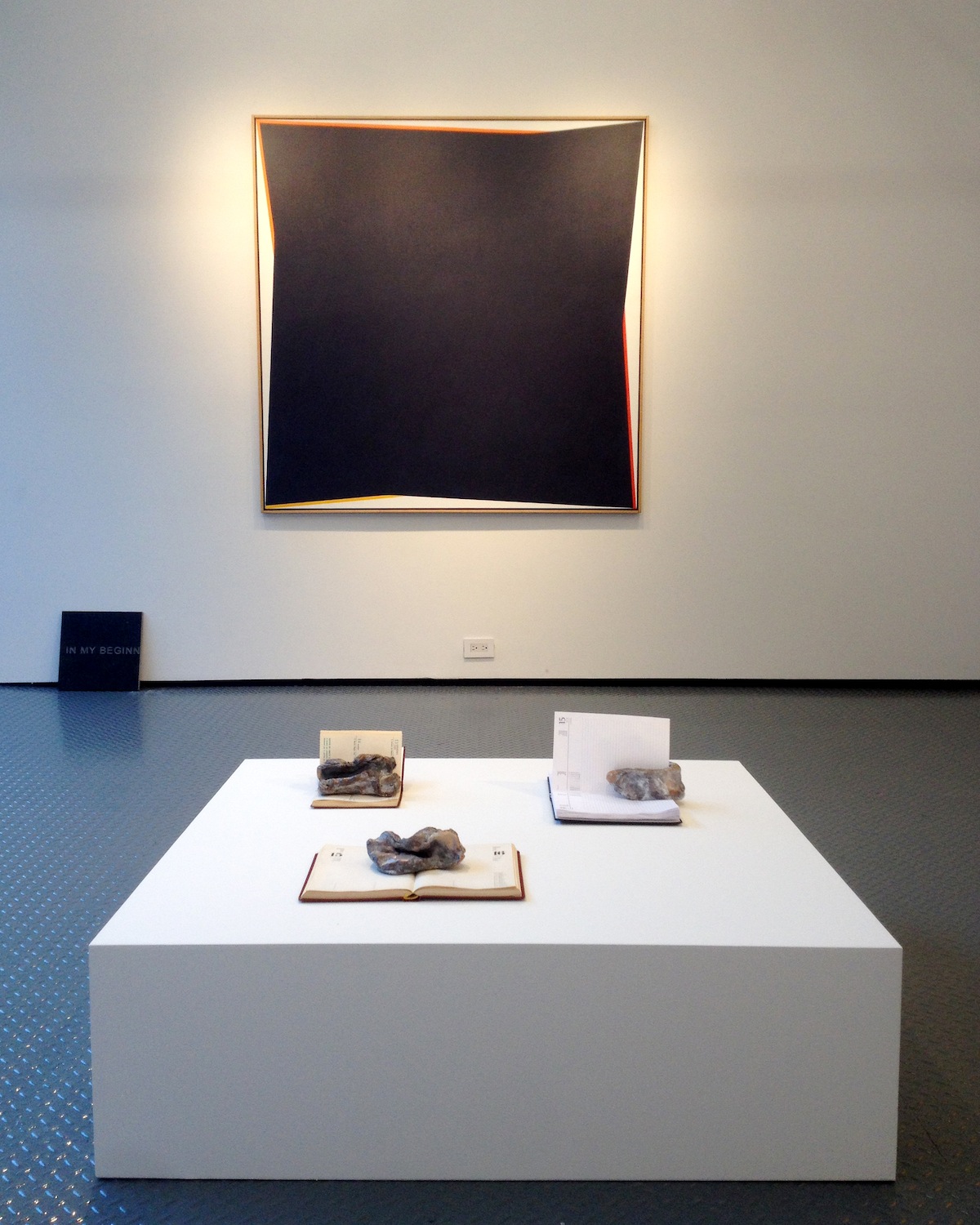Slide Show: A project in NY by MONITOR Rome
Monitor is a gallery based in Rome. For a brief period in January 2014, the gallery had their first stint at a Pop-Up location in the Lower East Side in a space on Rivington street, not far from the New Museum. For their inaugural show, Paola Capita, the gallery founder and director, decided on a two person show, bringing together Italian artists from different generations both working in a minimal fashion. Francesco Arena, an artist in his 30’s and Verna, a septuagenarian. Both have shown with the gallery in art fairs, but both underexposed in New York, so the opportunity was ideal, not only for the artists but a New York audience who is always hungry for more. Yes, even with hundreds of contemporary art galleries in New York, it is still refreshing to have the opportunity to discover artists with whom we may be less familiar.
For the first Slide Show: A project in NY, paintings by Verna were on view accompanied by several site specific sculptures by Arena who participated in a recent ISCP Residency. There was an underlying narrative to the show which seemed to lie just below the surface of the city, functioning almost as a silent hum. For Francesco Arena, having spent time in the city, he responded to his environment by making a series of sculptures inspired by a conversation he had with someone on the street. The story, further resonated by his reading of Ulysses by James Joyce and his usage of the date June 16th, 1904. On this particular day in New York, over 1,000 people lost their lives in the General Slocum disaster. The General Slocum was a large ship booked to transport New Yorker’s, most of them of German descent, to Long Island for a rural picnic in what was then a still underdeveloped territory. Unfortunately for most aboard, the boat caught fire and met its demise, sinking in the East River. Arena, told me this story (a Native New Yorker) and I embarrassingly enough, hadn’t heard this tale before and if I had, it hadn’t remained in my conscience memory.
 What the artist did was make some very minimal, physically engaged sculptures. Using three separate journals, he opened each page to June 16th, however instead of 1904 the artist made reference to his own birth year (1978) along with that of his wife (1977) and daughter (2010). Each calendar was held open by an unidentifiable bronze form, made from a mold squished by the artist’s own hand. The work on its own exists as a mysterious interlude, a portrait of a family, however upon closer inquiry, it is possible to understand the personal insertion that the artist achieved merging his own present with that of a historic and untouchable past. Another work in which he found a way to make a work that interacted with his physical being and presence, the artist wandered the streets of New York, picking up discarded objects corresponding with the width of his outstretched arms. The result is an abstract grouping of disparate objects, installed on the wall at eye level. At once removed and extremely personal, the work left much to be considered; how can an artist inject him or herself into a place, and visa versa? The result a symbolic loosely balanced bundle, was
What the artist did was make some very minimal, physically engaged sculptures. Using three separate journals, he opened each page to June 16th, however instead of 1904 the artist made reference to his own birth year (1978) along with that of his wife (1977) and daughter (2010). Each calendar was held open by an unidentifiable bronze form, made from a mold squished by the artist’s own hand. The work on its own exists as a mysterious interlude, a portrait of a family, however upon closer inquiry, it is possible to understand the personal insertion that the artist achieved merging his own present with that of a historic and untouchable past. Another work in which he found a way to make a work that interacted with his physical being and presence, the artist wandered the streets of New York, picking up discarded objects corresponding with the width of his outstretched arms. The result is an abstract grouping of disparate objects, installed on the wall at eye level. At once removed and extremely personal, the work left much to be considered; how can an artist inject him or herself into a place, and visa versa? The result a symbolic loosely balanced bundle, was both simple and complex. Similar yet with an opposite approach, Claudio Verna (b. 1937 IT) is part of Analytic Painting along with other Italian painters including Girorgio Griffa, Claudio Battaglia, and Claudio Olivieri. Through his painting, Verna chose to eliminate any element or reference to a plausible subject. Two of the paintings in the exhibition, from 1968 and 1971 respectively, were monochromatic explorations, inspired by a mechanical approach to the surface. The selected works a canary yellow and a mostly black surface both contain varied surface level subtleties, that require the viewer to lean in and contemplate the hard to see marks. From the nearby street, the works just appeared as color fields on canvas, however upon closer inspection surface variants could be discovered along with nuances, non-emotional, non-objective and purposeful painterly decisions.
The duality of the works exhibited together somehow felt very New York. Arena’s personal interpretations of his own physicality and Verna’s obstinate declaration of the non-narrative. While contradictory in their original intentions, a stripped down result carries a similar impact of mystery and wonder, not unlike discovering an old coin in a flower bed, covered in dirt but valued at the same price as when it was lost.
MONITOR was temporally located on 215 Bowery (entrance on Rivington Street), NY, NY 10002 Having spent time in New York Arena made a series of sculptures inspired by a conversation he had with someone on the street The duality of the works exhibited together somehow felt very New York.
More soon
xo



